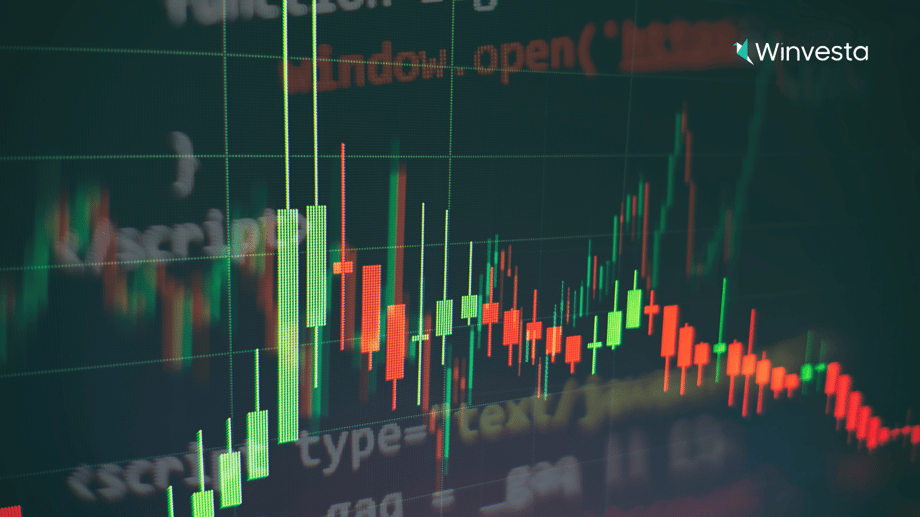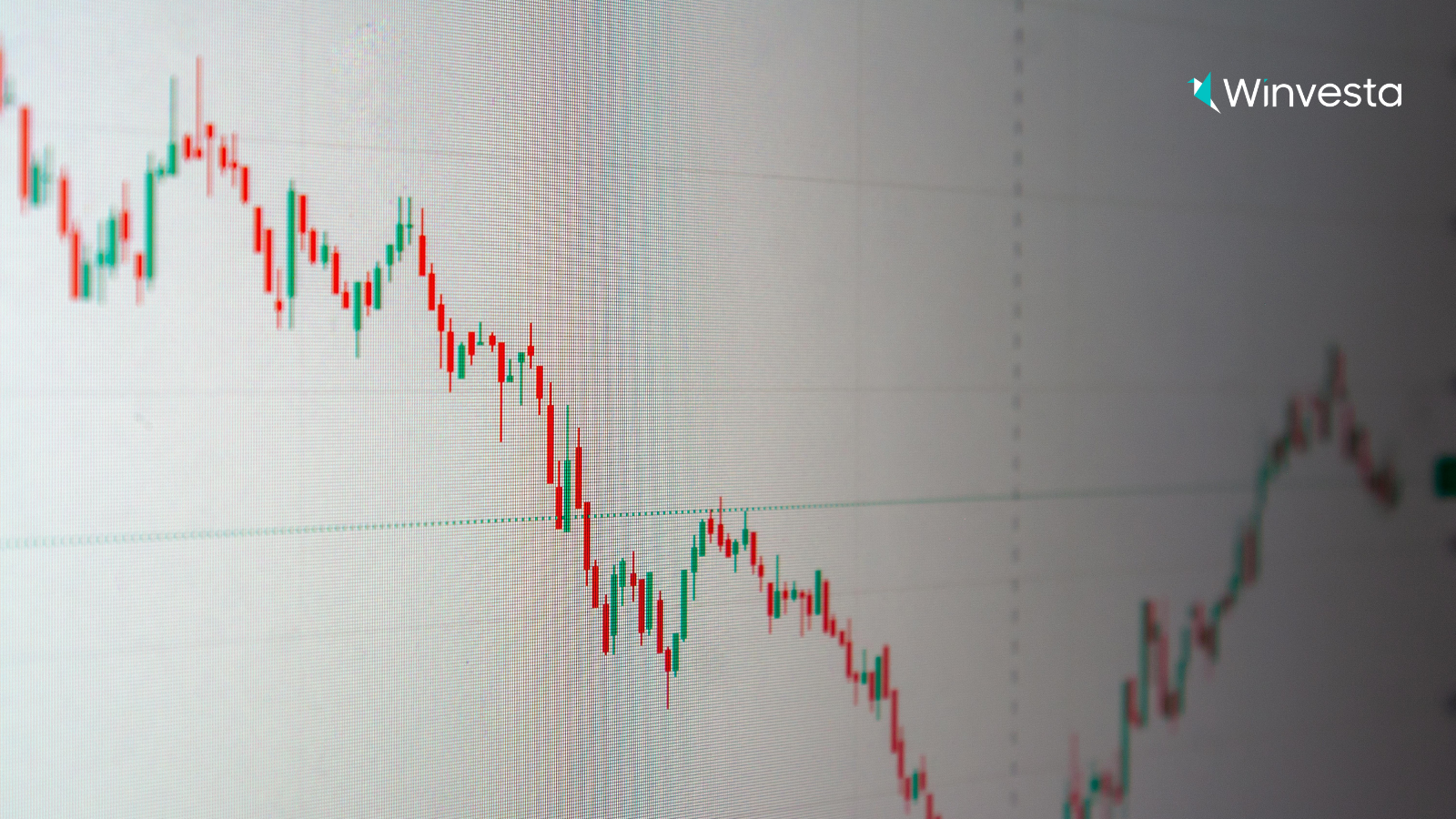Contents
US ETF vs Indian listing: Which investment path makes sense for you?
5 minutes read
09 July 2025

The US stock market has caught the attention of Indian investors like never before. Over the past decade, US markets have consistently outperformed Indian markets. Their strength during the pandemic made many investors realize they need global exposure in their portfolios.
But here's the question: Should you invest in a US ETF directly or choose an Indian listing of the same fund? Let's break this down using a real example - the NASDAQ 100 index.
Why US markets attract Indian investors
US markets offer something unique. They house the world's largest companies like Apple, Microsoft, and Amazon. These tech giants drive innovation and growth globally. When you invest in US stocks, you're betting on companies that shape our future.
The numbers speak for themselves. The NASDAQ 100 has delivered impressive returns over the years. It represents 100 of the largest non-financial companies listed on the NASDAQ exchange. Think of it as a collection of the world's most valuable tech companies.
Two ways to invest in NASDAQ 100
Indian investors have two main options:
Option 1: Motilal Oswal NASDAQ 100 ETF (MOFN100) This fund launched in March 2011 in India. You can buy it with Indian rupees on Indian exchanges. It tracks the same NASDAQ 100 index but operates from India.
Option 2: Invesco QQQ ETF This is the original US-listed ETF. It started in March 1999 and trades on US exchanges. You need US dollars to buy it.
Both funds track the same index, but their performance differs significantly.
The case for Indian listing
Let's start with the obvious benefits of choosing an Indian listing:
Simplicity matters You can invest in rupees without currency conversion. No need to open a US brokerage account or deal with foreign exchange rates.
Tax familiarity Indian tax rules apply directly. You don't need to understand US tax implications or file foreign tax returns.
Regulatory comfort SEBI regulations protect your investment. You're dealing with familiar rules and procedures.
Local support Customer service happens in your time zone and language. Problem resolution feels more straightforward.
The reality check on Indian listings
However, Indian listings come with significant drawbacks:
Higher costs eat returns MOFN100 charges 0.54% annually. That's nearly three times the 0.20% fee of QQQ. Over time, this difference compounds dramatically.
Premium and discount issues Indian ETFs often trade at premiums or discounts to their actual value. MOFN100 has seen premiums as high as 17% during volatile periods. Recently, it traded at a 2% premium. This means you pay 2% more than the fund's actual value.
Lower liquidity creates problems With assets of only $95 million, MOFN100 lacks the liquidity of QQQ's $107.7 billion. This creates wider bid-ask spreads and makes large transactions costlier.
Performance lag hurts wealth Over five years, MOFN100 underperformed the NASDAQ 100 by roughly 16%. Even after adjusting for tax differences, the performance gap remains around 12%.
Why direct US ETF investment wins
Superior tracking accuracy QQQ tracks the NASDAQ 100 almost perfectly. The tracking error stays below 0.03% on most trading days. This precision means you get the returns you expect.
Massive liquidity benefits With over 1,000 times the assets of MOFN100, QQQ handles volatility better. During market stress, you can still buy and sell without major price impact.
Lower costs compound wealth The 0.34% annual fee difference between MOFN100 and QQQ might seem small. But over 20 years, this difference can cost you significant wealth.
Access to dividend strategies QQQ pays cash dividends, giving you flexibility. You can reinvest or use the income as needed.
Breaking down the costs

Let's talk numbers. Say you invest ₹100,000:
Indian listing total cost:
- Annual fee: 0.54%
- Premium cost: 2% (recent average)
- Total first-year impact: 2.54%
US ETF total cost:
- Annual fee: 0.20%
- Currency conversion: 0.5-1.5% (one-time)
- Total first-year impact: 0.7-1.7%
The math favors direct US investment, especially for long-term holdings.
How to invest in US ETFs today
Opening a US brokerage account isn't complicated anymore. Platforms like Winvesta make the process simple:
Digital account opening Complete the process online in minutes. No paperwork or branch visits required.
Low minimum investment Start with just $1. Fractional investing lets you buy portions of expensive stocks.
Zero commission trading Trade popular ETFs like QQQ and SPY without paying commissions.
Secure platform Regulatory compliance ensures your investments stay protected.
Popular US ETFs for Indian investors
Beyond QQQ, consider these options:
SPY (S&P 500 ETF) Tracks the 500 largest US companies. It offers broad market exposure with lower concentration risk.
VTI (Total Stock Market ETF) Covers the entire US stock market. It includes small, mid, and large-cap companies.
VGT (Technology ETF) Focuses on US technology companies. It provides concentrated tech exposure.
IVV (Core S&P 500 ETF) Another S&P 500 tracker with slightly lower fees than SPY.
Tax considerations you should know
US taxation US ETFs face dividend withholding tax. However, India's tax treaty with the US reduces this rate.
Indian taxation Capital gains on US investments follow Indian tax rules. Short-term gains face your regular tax rate. Long-term gains (held over 24 months) get taxed at 20% with indexation.
Documentation needs File foreign asset disclosures in your tax returns. Maintain proper records of all transactions.
Risk factors to consider
Currency risk US dollar movements affect your returns. A stronger rupee reduces your gains, while a weaker rupee enhances them.
Regulatory changes Both countries might change investment rules. Stay updated on policy developments.
Market risk US markets face their own economic cycles. Diversification across geographies helps but doesn't eliminate risk.
Making the right choice
For most Indian investors, direct US ETF investment makes more sense. The benefits outweigh the initial complexity:
Choose US ETFs if:
- You plan to invest for the long term
- You want maximum returns from US market exposure
- You're comfortable with basic currency and tax considerations
- You have access to a reliable US brokerage platform
Consider Indian listings if:
- You prefer absolute simplicity over returns
- You're making very small investments
- You lack access to US brokerage services
- You want to avoid any currency exposure

Ready to own a piece of the world’s biggest brands?
- Invest in 4,000+ US stocks & ETFs
- Fractional investing
- Zero account opening fees
- Secure and seamless
Start investing in just 2 minutes!

Build your global portfolio.
.png)
Invest in companies you love, like Apple and Tesla.

Track, manage, and grow your investments.
Getting started with US investing
Ready to invest in US ETFs? Here's your action plan:
Research thoroughly Understand the ETFs you want to buy. Read their prospectuses and performance history.
Open a US brokerage account Choose a platform that serves Indian investors well. Winvesta offers zero-commission trading on popular ETFs.
Start small Begin with a small amount to understand the process. You can always increase your investment later.
Monitor regularly Track your investments and stay informed about market developments.
The global investment landscape has opened up for Indian investors. While Indian listings provide easier access to US markets, they come with higher costs and lower performance. Direct US ETF investment offers better long-term wealth creation potential.
The choice depends on your priorities. If you want maximum returns from US market exposure, direct investment wins. If you prefer simplicity over performance, Indian listings might work for you.
Technology has made US investing accessible to everyone. With platforms offering zero-commission trading and fractional investing, there's never been a better time to diversify globally. The key is to start investing and let time work in your favor.
Your portfolio deserves global exposure. Whether you choose the simple path or the optimal one, taking action matters more than perfect timing. The US markets await your investment decision.
Frequently asked questiuons about investing in US ETFs?

The 3:5-10 rule helps manage risk through diversification:
- Don’t invest more than 3% of your portfolio in a single stock.
- Don’t allocate more than 5% to one sector.
- Don’t put more than 10% in a single asset class.

Contributed by Denila Lobo
Denila is a content writer at Winvesta. She crafts clear, concise content on international payments, helping freelancers and businesses easily navigate global financial solutions.



